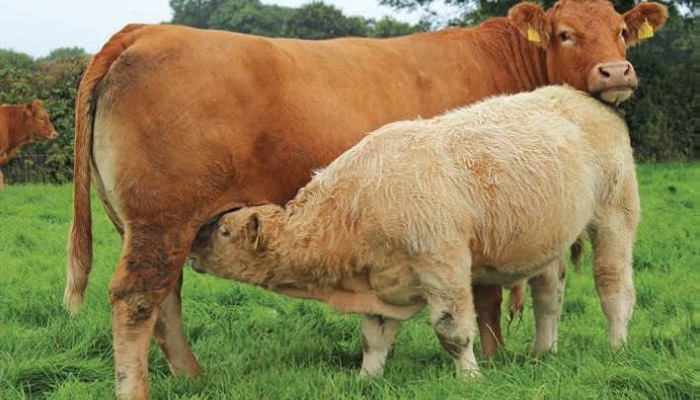30 July 2024
The benefits of scanning suckler cows

Is it at least 30 days since the last cow in your herd could has been served? If your answer is yes, then you should consider scanning your cows. Catherine Egan, Teagasc Beef Specialist, outlines the benefits of scanning your suckler cows in this article.
For farmers who calf down in spring, now is the ideal time for them to think about cow pregnancy scanning. It offers so many advantages and is a vital tool used on well managed herds around the country. Having a cow that will produce a calf every 365 days is key to the overall growth and profitability to the farm. It is a practice that should really be viewed as an investment to help improve overall herd management.
Why scan cows?
- It will identify which cows are in calf and cows that are not in calf. This will allow you to cull empty cows instead of expecting these cows to calve next year.
- Most scanners are able to give you a good estimate of the number of weeks that each cow has gone in calf. This is extremely helpful when a stock bull is used on the farm and it can be difficult to identify expected calving date. You can use this information to predict the cows due date, which will influence how she is fed and when she is to be vaccinated.
- Scanning allows you to pen cows according to their predicted calving date and pen late calves together.
- Provided cows haven’t gone over 12 -14 weeks in calf, you may well be able to pick up if there are any cows carrying twins. This will alert you to watch the condition of these cows in the run up to calving. It will also have you primed for what to expect at calving. Some scanners may even sex the embryos.
- If the scanning reveals, for example, that more than 5% of your cows are empty, then this may signify that there is a fertility problem in your herd. Maybe it was a bull issue or perhaps a mineral deficiency or a disease problem, either way, it should prompt you into investigating the issue further.
- These predicted late calvers could be selected for culling next year when their calves have been weaned. It is also possible to cull these predicted late calvers by selling them at the mart now or prior to calving.
- By identify when cows are due to calf, they can be batched nearer calving time so that they are easier move to calving boxes/facilities. Late-calving cows can be restricted on feed to stop them getting overfat. Thinner cows, in-calf heifers or cows carrying twins can be taken out and given additional feed if necessary.
- The cost of scanning is €5 per cow approximately plus call out charge (€20-50). Rates will vary and may be dependent on the number of animals being scanned.
Also read: Grazing advice: Act now as key actions need to be taken
Also read: Valuing a standing crop of silage
